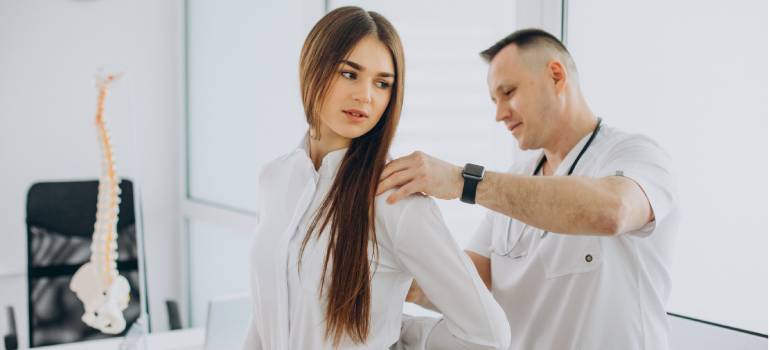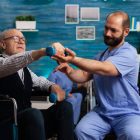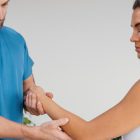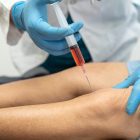Introduction
Scoliosis, also known as curvature of the spine, is a condition where the spine develops abnormal curves or twists. The condition affects millions of children worldwide. Although rare, adults who have scoliosis often experience back pain, nerve damage, spinal cord compression, and even paralysis.
Scoliosis is the leading cause of disability in adolescents. As a result, scoliosis is highly prevalent among youth athletes. Unfortunately, despite its prevalence, the medical community still does not fully understand the causes or consequences of this disease.
What are the symptoms of Scoliosis?
One shoulder blade stands out more than the other.
Inconsistent waist and shoulder
One hip is higher than the other.
When stooping forward, a protrusion on one side of the back appears.
One side of the rib cage projects out.
In the majority of cases, the spine rotates in addition to curving side to side. Due to this, the muscles or ribs on one side of the body project out further than those on the other.
What are the causes?
Doctors aren’t sure what causes the most prevalent type of scoliosis, but it appears to be caused by inherited factors because the illness can run in families. Less common causes of scoliosis include:
Birth abnormalities impacting the development of the spine’s bones
Cerebral palsy and muscular dystrophy are two examples of neuromuscular disorders.
Anomalies of the spinal cord
Went through surgery on the chest wall as a newborn.
Spinal cord injuries or infections
What are the health-related risks?
As scoliosis progresses, more visible alterations might occur, such as ribs projecting out, unequal hips and shoulders, and a shift of the waist and trunk to the side. Individuals who have scoliosis are frequently conscious of their appearance.
People who have experienced scoliosis as children are more prone to develop persistent back pain as adults, particularly if their aberrant curves are significant and untreated.
In severe cases, the rib cage may press against the lungs, making breathing more difficult.
The doctor will initiate the diagnosis with a medical history and may inquire about the recent development. During the diagnosis, your doctor can ask your child to stand and lean forward from the waist, arms loosely hanging, to determine whether one side of the rib cage is more pronounced than the other.
Conclusion
There are several theories regarding the aetiology of scoliosis, such as congenital, mechanical, genetic, neurological and hormonal factors. These theories have led researchers to test various treatments. The main goal of these treatments is to correct the deformity of the spine and prevent future complications. Although there is no cure for scoliosis, some preventative measures can help slow down the progression of the disease.
Get accurate guidance and treatment for Scoliosis from the best professionals. If you notice early signs of Scoliosis in your child, book a consultation session at Orthopaedic doctor near me . Your child can get back to normal life with proper treatment and rehabilitation provided by the best medical professional.
To book a session, call +91 7875001001.





